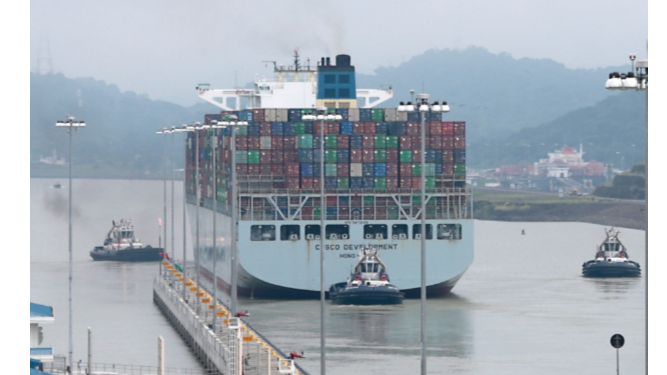Panama Savings Fund heading for record

The returns accumulated by The Panama Savings Fund (FAP) returns will be capitalized, at the end of the year and should set an historical record if canal transit is not seriously damaged by the US-China trade war
The capitalization follows s the legal reform approved in October 2018. Before this legislation, the yields of the FAP were delivered to the National Treasury. The measure of capitalizing the fund with the profits it generates will allow its organic growth reports La Prensa.
The accumulation rule was also reformed to allow part of the surpluses generated by the Panama Canal to reach the FAP, which is why it was created.
Taking into account the figures of the 2018 GDP and the contributions of the Canal to the Treasury and applying the new accumulation rule, the FAP should receive $38 million this year.
The Ministry of Economy and Finance has indicated that its intention is to make the transfer before the end of the current administration on June 30, but so far the FAP has not received the contribution
Increasing yield
The difference in the profit obtained by the FAP during the first quarter compared to the same period of the previous year is considerable. Between January and March 2018, the fund obtained a slightly negative return of -0.22%, which resulted in a loss of $3.9 million.
During the first three months of this year, the fund achieved a yield of 3.84%, which translates into a profit after administrative expenses of $47.8 million.
The FAP, formerly the Trust Fund for Development, was set up with funds obtained from the sale of part of the shares of public companies at the end of the 1990s, including IRHE and Intel. It currently has a portfolio of one thousand $1.322 billion in net assets.
The investments are mainly aimed at fixed-income assets such as sovereign or corporate bonds (61% of the portfolio is invested in this type of assets), while 25% consists of liquid assets and 14% in shares or variable income securities.
This last group of investments was the one that had a better performance in the first quarter, generating a yield of 12.06%, against the negative yield of -0.55% in the same period in 2018
Investments in fixed income, on the other hand, recorded a positive return of 3.33%, compared to -0.15% obtained in the first quarter of 2018.
The positive result this year is the result of a more moderate policy of the Federal Reserve (FED) of the United States, which has been more patient in the face of possible increases in interest rates compared to the four increases approved in 2018.
“This measure of pausing in the rise in interest rates is well regarded by investors, resulting in the S & P 500 recording its best quarter in more than 20 years, yielding 13.65%,” the FAP said in a report.
In addition to monetary policy movements, listed companies have had good results. This makes their actions more attractive to investors and increases their value, explained Abdiel Santiago , technical secretary of the FAP.
Trade war
If the current situation in the markets is maintained, yields at the end of the year could set a record. The main source of uncertainty today is the trade war between the United States and China, which are applying tariffs to imports, weakening the prospects for trade.
“The actions of the FED will be framed in the economic situation of the country and if an agreement on the commercial dispute is not reached, this factor would incorporate it in the decision to raise or maintain the rates,” Santiago said.





